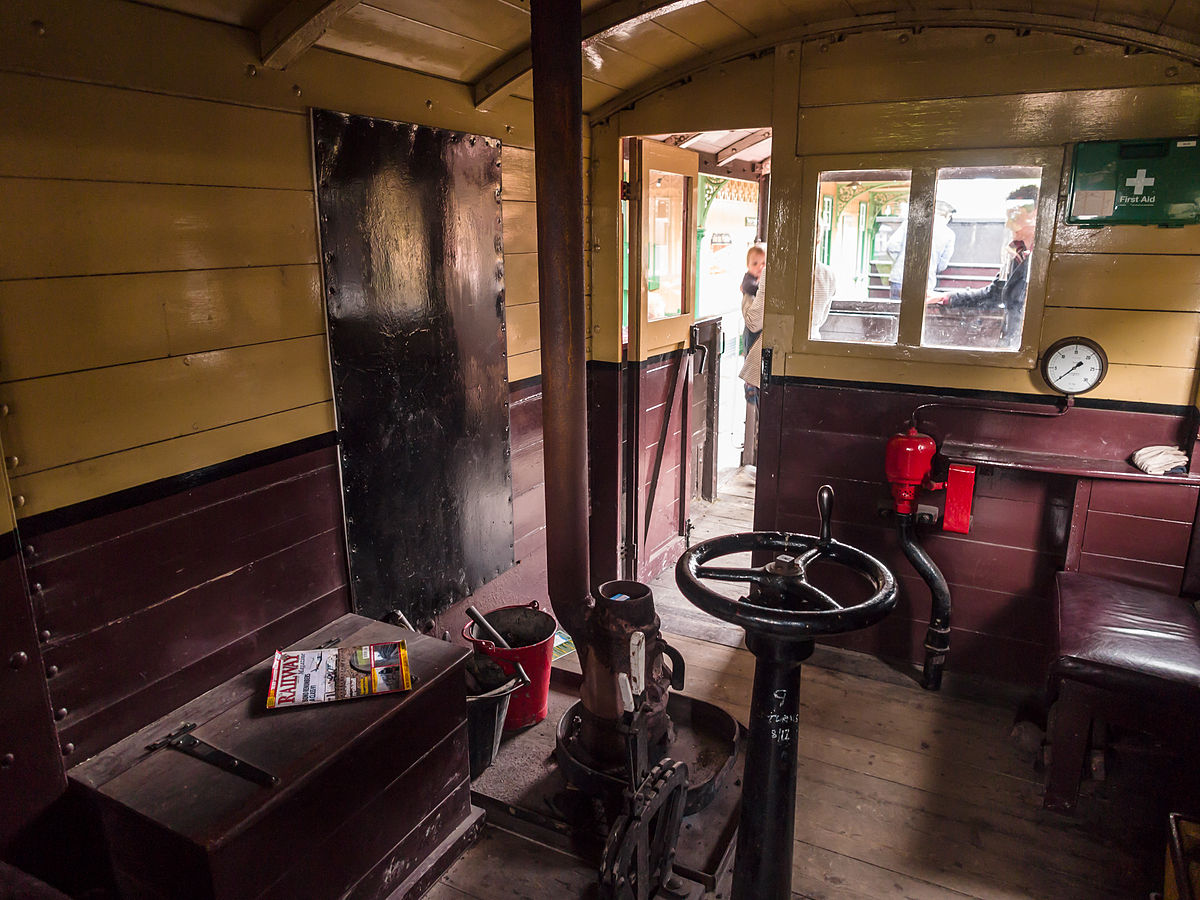I'm used to UK practice, where each independent section of a train needed a guard, either in a seperate van, or in a special compartment in a passenger/brake carriage, either at the rear or in the middle of the train, but I'm not clear what US practice in the steam era was (specifically 30s 40s). It is clear that a combine, which looks like a UK passenger/brake, is mostly just a passenger and baggage car, and in lots of cases sits at the head end of a train; and I know that "head end" cars such as express reefers could also be tagged onto the tail end if they needed to be detached en-route. So are there any rules, or general practice, about what types of cars are allowed/required at the tail end of a passenger consist? I'm aware of observation cars, but cleary they weren't carried on every train, and they don't usually have any kind of "guard" function. The usual solution of looking at photos is hampered by the fact that very few photos are of tail ends, unless they feature an observation car.
A combine was, as the name implies, combination of a baggage car and a passenger car. Typically they were used on branchlines and lines that didn't have a lot of passenger. We had something called a "mixed train", which was a train made up of freight cars, and a passenger car, often a combine, tacked on the end. It would haul baggage, express, and a few passengers. Those were quite common on branches in rural areas.
As for a regular passenger train, typically you'd have a full size baggage car. There could also be a Railway Express boxcar, the UPS/FedEx of the day. Many lines also carried mail cars. These had windows, as the mail crew would work on board, sorting mail as the train went, and tossing off and picking up mail along the way. At a glance, you might mistake those for a combine.
The train would then have passenger cars, maybe a diner, maybe a lounge car, and then sleeping cars when appropriate. If it was a premier train, usually a "Name" train (one that had a name instead of just a number), it would have a "tail car". Often a lounge or observation car. Typically for first class passengers only, it was a way to attract customers. In the streamliner era, if you were lucky, it would be a dome car. Earlier era might have the open platform observation car, the classic car you might think of on the back of the train.
However, for many regular trains, commuter trains, lesser passenger trains, etc., the last car in the train was, simply, the last car. Coach or sleeper if the train carried them. Nothing special and no special braking function or crew accommodations. The conductor would often make use of a room in one of the sleepers, if space was available. If not, he'd simply find space in the coach or if he would have a dining car in the train, where he could grab a table, giving him a place for his paperwork as well as a supply of coffee. In that era the conductor was almost always a male, I'd say always but maybe during the war some line had female conductors? If so, it was very unusual.



